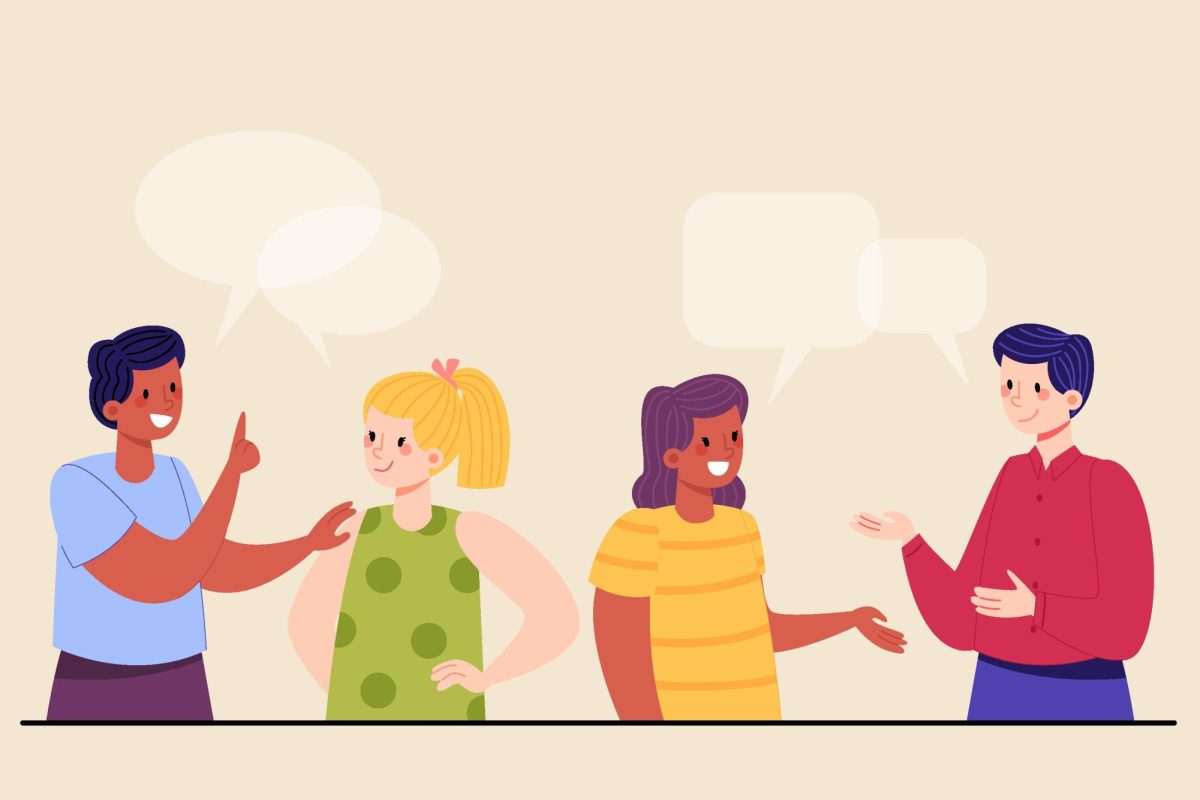America’s youth has always been a powerful vocal political force; naturally, our generation is no exception. In fact, with the growth of social media and increased access news sources, our generation may be the most politically active yet. However, the rise of political polarization among Americans in the last two decades—often credited to intensified racial division, high media exposure, and shifting party lines—is a threat to the unity of our generation.
Platforms like X, Instagram, and TikTok have become echo chambers of false information, dangerous incivility, and ravenous hatred between differing sides. As a result, young, impressionable citizens have become warped into a divided society, unwilling to seek common ground. As teenagers living amid such raucous current events (such as the Israel/Palestine conflict and the 2024 election), the line that divides us has become a scarily tangible chasm. We are no longer one people. We are red or blue, black or white, right or wrong, good or bad. We have lost the gray area: a place where we break from the chaos and view societal issues from every
perspective.
Society’s tendency to turn to “cancel culture” has become a way to silence the voices of a minority opinion. Oftentimes, users on social media platforms will attempt to ruin someone’s reputation due to opposing ideas. Thus, many voices tremble with fear or don’t speak at all.
Our nation has become a hotbed for politics. In such a divided world, students should be able to turn to the classroom as a place of refuge for all opinions and genuine questions. Education thrives on the principle of unity. Without a thorough understanding of the entire story, our education is incomplete—a disservice to the student community. Oftentimes, in fear of politicized educators and social acceptance, students hide their political voices from classrooms for a higher grade or social acceptance. When we silence student voices, we create a homogenous generation of thinkers, and we lose the minority that makes us whole.
Unison always paves the way for justice. As the famously liberal attorney Ruth Bader Ginsburg was confirmed for her seat on the Supreme Court, Republican Senator Orrin Hatch said, “I disagree with you on a number of things, and I’m sure you disagree with me. But that isn’t the issue, is it? And frankly, I admire you.” It is when opposing sides are willing to look each other in the eyes that our society can function—and possibly even thrive.
As the classroom should serve as a space to learn and grow from one another, student voices should be vocal, empathetic, and curious. Ask questions, seek answers, and offer your opinion. When we are willing to seek understanding in class, we rebuild the “gray area” that was once lost, and we create an oasis of peace in a world of division.








